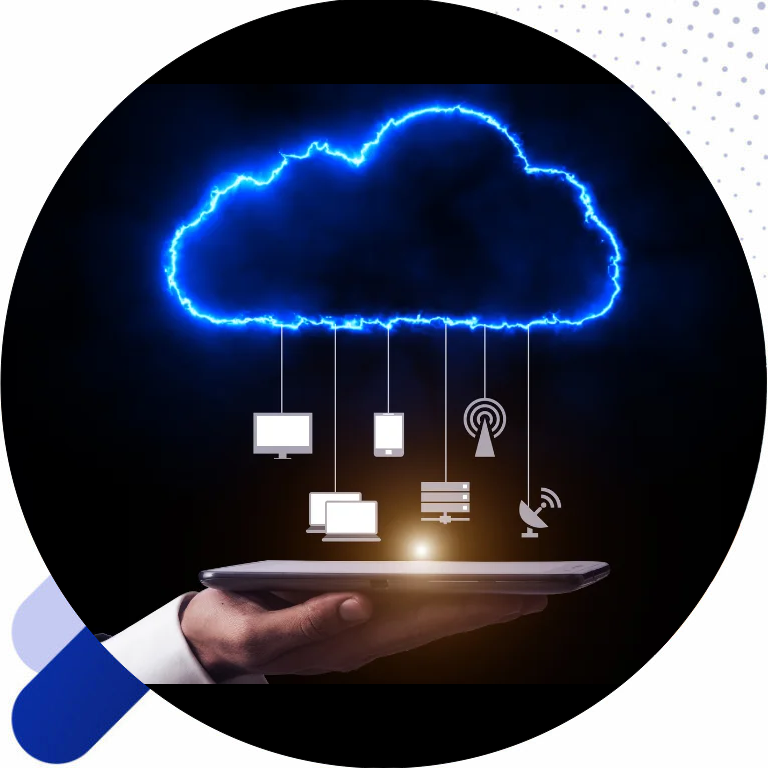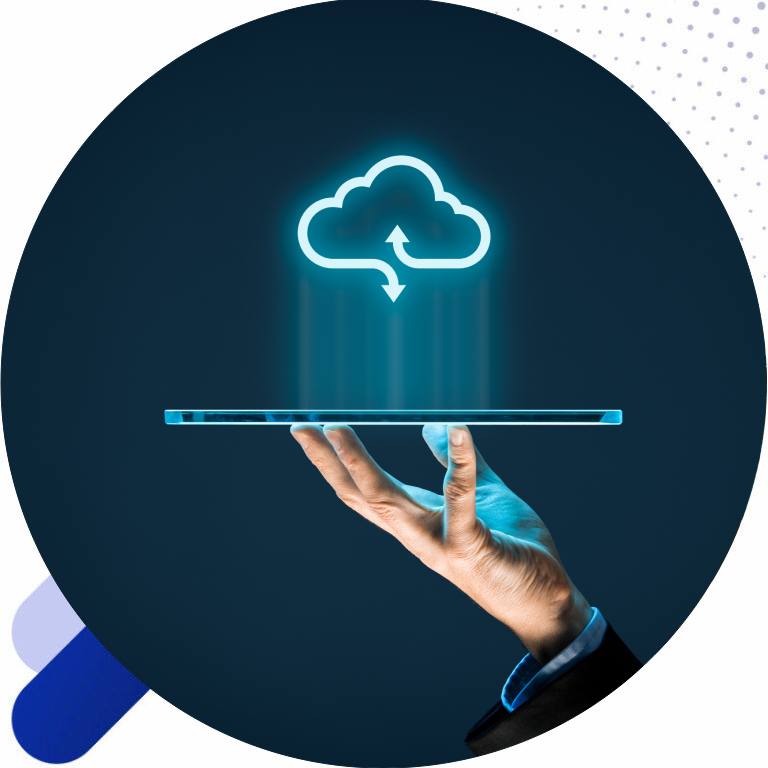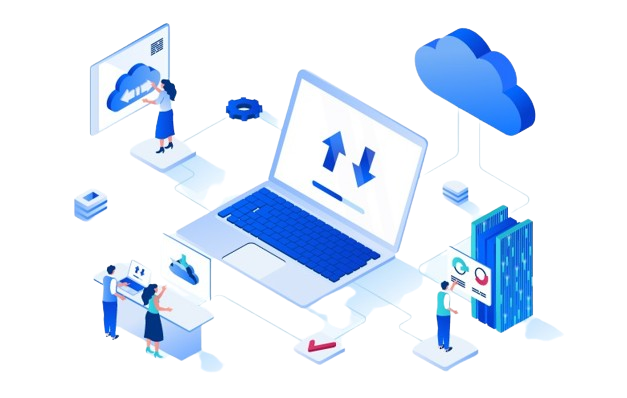What is a Cloud-Native Product?
A cloud-native product refers to software applications that are built, deployed, and managed using cloud computing technologies and architectures. Cloud-native applications are designed to be scalable, resilient, and flexible, utilizing modern practices such as microservices, containers, continuous integration/continuous delivery (CI/CD), and serverless computing. Unlike traditional monolithic applications that are developed for on-premise infrastructure, cloud-native products are specifically created to run in dynamic cloud environments.
These products are not just hosted in the cloud; they are built for the cloud from the ground up. This design philosophy allows them to fully exploit the advantages of cloud platforms such as Amazon Web Services (AWS), Microsoft Azure, and Google Cloud Platform (GCP).

Understanding Cloud Native Product
In an era dominated by digital transformation, the term “cloud native” has become ubiquitous in conversations surrounding technology, innovation, and product development. But what does it truly mean for a product to be “cloud native,” and why is it essential for businesses striving to thrive in today’s fast-paced market environment? In this post, we’ll explore the concept of cloud native products, their architectural foundations, and the benefits they bring to organizations, along with real-world applications and best practices.
The Benefits of Cloud Native Products

Adopting a cloud native approach isn't merely a technological choice; it's also a strategic one with numerous long-term benefits:
1. Enhanced Scalability
As user demand fluctuates, businesses must be agile enough to respond. Cloud-native products can scale horizontally by adding more service instances, allowing organizations to maintain performance even during peak times. This elasticity ensures that resources are aligned with user demands, leading to better customer experiences.
2. Improved Resilience
With the microservices architecture, individual services can fail without compromising the entire application. Cloud-native infrastructure supports redundancy and failover mechanisms, meaning that issues can be isolated and resolved quickly without significant downtime.
3. Accelerated Development Cycles
By employing CI/CD (Continuous Integration/Continuous Deployment) pipelines, teams can push updates and improvements continuously. This seamless deployment process leads to faster release cycles, allowing businesses to innovate rapidly and respond to market needs promptly.
Key Characteristics of Cloud-Native Products
Microservices Architecture
Cloud-native products are typically based on microservices architecture, where the application is divided into small, independent services that can be developed, deployed, and scaled individually. Each microservice focuses on a specific functionality, and they communicate with each other via lightweight APIs or messaging queues. This modularity enhances the agility of development teams and improves fault isolation, enabling more resilient systems.
Containerization
Containers, often orchestrated by platforms such as Kubernetes, are a fundamental component of cloud-native products. Containers provide a consistent runtime environment, ensuring that applications run reliably across different computing environments. They allow developers to package applications and their dependencies together, making it easier to move between development, testing, and production stages.
Automation and CI/CD
Automation is critical to the success of cloud-native products. Continuous integration and continuous delivery (CI/CD) pipelines automate the building, testing, and deployment of applications. This ensures faster release cycles, reduces the risk of human error, and enables businesses to respond quickly to changes in the market. Automated testing and deployment improve the overall quality and security of the product.
DevOps Culture
Cloud-native products thrive in environments that embrace the DevOps culture. DevOps breaks down the silos between development and operations teams, fostering collaboration and shared responsibility. In a cloud-native ecosystem, development teams and operations teams work together throughout the product lifecycle to ensure smooth deployments, efficient monitoring, and rapid incident responses.
Elastic Scalability
Cloud-native products can dynamically scale to meet changing demand. Cloud platforms provide the necessary infrastructure to scale applications up or down automatically based on traffic patterns, resource utilization, or other defined metrics. This elastic scalability ensures that the product performs optimally under varying workloads, without over-provisioning resources.
Resilience and Fault Tolerance
A key feature of cloud-native products is their resilience. Built with failure in mind, cloud-native applications can withstand infrastructure failures by automatically rerouting traffic, restarting services, or even spinning up new instances of failed components. This fault-tolerant design is crucial for maintaining high availability in a cloud environment.
Challenges of Cloud-Native Products
Complexity
While microservices and containers offer flexibility, they also introduce complexity. Managing hundreds or thousands of services requires robust orchestration and monitoring tools. Additionally, inter-service communication and data consistency can become complex in distributed systems.
Learning Curve
Cloud-native products require teams to learn new technologies, architectures, and practices. Developers, operations, and security teams need to become proficient in containers, Kubernetes, CI/CD pipelines, and cloud-native security practices. The learning curve can be steep for organizations transitioning from traditional monolithic architectures.
Vendor Lock-In
Relying heavily on specific cloud providers can lead to vendor lock-in, where migrating to a different provider becomes difficult and costly. It’s essential to design cloud-native products with multi-cloud or hybrid-cloud strategies in mind to mitigate this risk.
The Future of Cloud-Native Products
The future of cloud-native products is incredibly promising. As businesses continue to embrace digital transformation, the demand for scalable, resilient, and innovative software solutions will only grow. Several trends will shape the future of cloud-native products:
AI and Machine Learning Integration
Cloud-native products will increasingly incorporate AI and machine learning capabilities to enhance decision-making, automate processes, and deliver more personalized experiences to users. Cloud platforms provide the computational power and data infrastructure needed to support these advanced technologies.
Edge Computing and IoT
The rise of edge computing and the Internet of Things (IoT) will drive the development of cloud-native products that process data closer to the source. This will reduce latency, improve performance, and enable real-time decision-making for applications such as autonomous vehicles, smart cities, and industrial automation.
Speak With Expert Engineers.
Contact us by filling in your details, and we’ll get back to you within 24 hours with more information on our next steps

Please fill out the contact form

Call Us
United Kingdom: +44 20 4574 9617

UK Offices
Business Address: 70 White Lion Street, London, N1 9PP
Registered Address: 251 Gray's Inn Road, London, WC1X 8QT
Schedule Appointment
We here to help you 24/7 with experts

